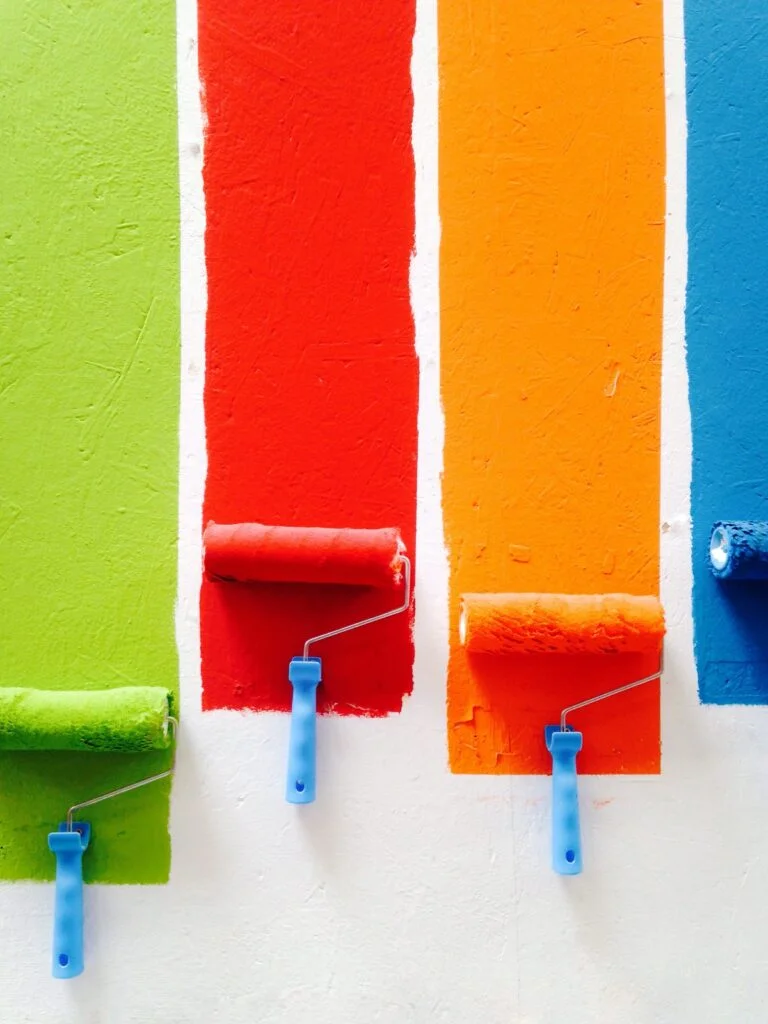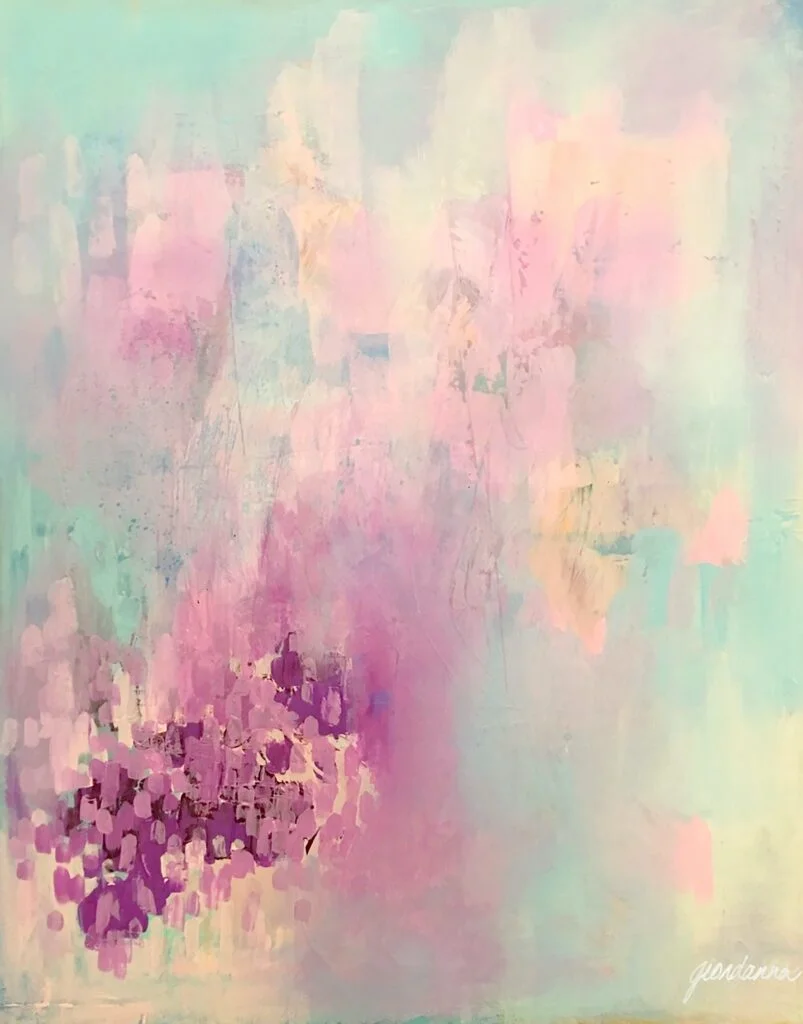So, you’re faced with the daunting task of painting over old latex paint, huh? We’ve all been there. Whether you’re moving into a new space or simply want to freshen up your current one, figuring out how to tackle this particular challenge can be a real head-scratcher. But fear not, because we’ve got just the solution for you.
In this article, we’re going to walk you through the step-by-step process of how to paint over old latex paint, allowing you to achieve a flawless finish and transform your space in no time. Say goodbye to those unsightly paint chips and hello to a beautifully painted room that will leave everyone in awe.
Table of Contents
How Do You Paint Over Old Latex Paint?
Preparing the Surface
Before you start painting over old latex paint, it’s important to prepare the surface properly. This ensures that the paint adheres well and provides a smooth and long-lasting finish. There are a few key steps involved in preparing the surface for painting: cleaning the surface, sanding the surface, and repairing any damaged areas.
Cleaning the Surface
Cleaning the surface is the first step in preparing it for a fresh coat of paint. Dust, dirt, and grease can prevent the new paint from sticking properly to the old latex paint. To clean the surface, you can use a mild detergent mixed with water and a sponge or cloth. Gently wipe down the walls, removing any dust, stains, or grime. Be sure to rinse the walls thoroughly with clean water to remove any residue from the cleaning solution. Allow the walls to dry completely before proceeding to the next step.
Sanding the Surface
Sanding the surface helps to smooth out any imperfections and rough spots on the old latex paint. It also creates a slightly rough texture, which allows the new paint to adhere better. Use a fine-grit sandpaper or sanding block to lightly sand the walls, working in a circular motion. Pay attention to areas that may have drips, brush marks, or visible roller textures. The goal is to create a smooth and even surface for the new coat of paint.
Repairing Damaged Areas
Before you can start painting, it’s important to repair any damaged areas on the old latex paint. This includes filling holes and gouges, fixing cracked paint, and addressing peeling or bubbled paint. Use a spackling compound or wood filler to fill in any holes or gouges. For cracked paint, scrape away any loose or peeling paint, sand the area, and apply a patching compound. If you notice peeling or bubbled paint, you may need to remove the entire section and apply new paint. These repairs ensure that the surface is smooth and ready for painting.
Choosing the Right Paint
After preparing the surface, the next step is to choose the right paint. There are a few factors to consider when selecting paint, including the paint type, paint color, and finish.
Selecting the Paint Type
When it comes to choosing the paint type, you have the option of latex or oil-based paint. Latex paint is the most common choice for interior walls, as it is easy to use, dries quickly, and has low odor. It also offers good durability and color retention. Oil-based paint, on the other hand, provides a hard and durable finish but has a longer drying time and a strong odor. Consider your specific needs and preferences to determine which type of paint is best suited for your project.
Evaluating the Paint Color
The paint color you choose plays a significant role in the overall look and feel of a room. Before settling on a color, it’s a good idea to test paint samples on the wall to see how they look in different lighting conditions. Natural and artificial lighting can greatly affect how a color appears, so it’s important to evaluate the paint samples in different times of the day. Additionally, consider the size of the room. Lighter colors tend to make a space feel larger and more open, while darker colors can create a cozy and intimate atmosphere.
Considering the Finish
Another aspect to consider when choosing paint is the finish, which refers to the level of sheen or glossiness. The most common paint finishes include flat, eggshell, satin, semi-gloss, and gloss. Each finish has its own pros and cons and is suited for different surfaces and areas of the home. Flat finishes are great for hiding imperfections, while gloss finishes are easier to clean. Consider the desired look, functionality, and level of durability to determine the appropriate finish for your project.

Gathering the Necessary Tools and Materials
Now that you have chosen the right paint, it’s time to gather all the necessary tools and materials for the painting process. Having the right supplies on hand ensures that the job goes smoothly and efficiently. Here are some of the essential tools and materials you will need:
Paintbrushes and Rollers
Paintbrushes and rollers are essential for applying paint to the walls. Select brushes and rollers that are suitable for the paint type and finish you have chosen. Brushes are great for cutting in and painting trim, while rollers are ideal for larger wall surfaces.
Painter’s Tape
Painter’s tape is used to protect areas that you don’t want to paint, such as trim, baseboards, and windows. It provides clean, crisp lines and prevents paint from seeping into unwanted areas.
Drop Cloths or Tarps
To protect your floors and furniture from paint spills and splatters, it’s essential to lay down drop cloths or tarps. These coverings provide a protective barrier and make cleanup much easier.
Paint Tray
A paint tray is where you pour the paint and dip your roller or brush to load it with paint. Choose a sturdy and easy-to-clean tray that is compatible with your painting tools.
Paint Stirrer
Before you start painting, be sure to stir the paint thoroughly to ensure an even color and consistency. A paint stirrer or mixing stick makes this task quick and easy.
Paint Primer
Priming the walls is a crucial step in the painting process, especially when painting over old latex paint. A primer helps the new paint adhere better to the surface and provides a uniform base coat. Choose a primer that is designed for your specific needs, such as covering stains or promoting adhesion.
Paint
Lastly, you will need the paint itself. Purchase the desired color and quantity of paint based on the size of your project. Consider using high-quality paint for better coverage and durability.
Prepping the Area
Before you can start painting, it’s essential to prep the area properly. This involves clearing the room, covering fixtures and furniture, and protecting surfaces with drop cloths.
Clearing the Room
To make the painting process easier, it’s best to clear the room of any furniture, decor, and other items that may obstruct your access to the walls. Move them to a different area of the house or cover them with drop cloths to protect them from dust and paint splatters.
Covering Fixtures and Furniture
Certain fixtures and furniture items may be difficult to remove from the room. In such cases, it’s important to cover them with plastic sheets or drop cloths. This protects them from accidental spills and splatters and makes cleanup much easier.
Protecting Surfaces with Drop Cloths
Before you start painting, it’s crucial to protect your floors, baseboards, and other surfaces from paint drips and spills. Lay down drop cloths or tarps to create a protective barrier. Ensure that they are securely in place and cover a wide enough area to catch any potential mess.

Cleaning the Surface
Once the area is prepped and ready, it’s time to clean the surface to ensure optimal paint adhesion. This involves removing dust and debris, washing the walls, and addressing any grease or stains.
Removing Dust and Debris
Using a feather duster or a microfiber cloth, gently remove any dust and debris from the walls. Pay special attention to corners and baseboards, as these areas tend to accumulate more dust. Removing dust ensures that the paint applies evenly and smoothly.
Washing the Walls
After removing the dust, it’s essential to wash the walls to remove any dirt or grime. Use a mild detergent mixed with warm water and a sponge or cloth. Working from top to bottom, gently scrub the walls, paying extra attention to areas that may be particularly dirty. Rinse the walls with clean water to remove any soapy residue.
Removing Grease or Stains
If you notice any grease spots or stains on the walls, it’s important to address them before painting. Grease can prevent the paint from adhering properly, and stains may show through the new paint. For grease spots, use a degreasing cleaner or a mixture of vinegar and water. Apply it to the affected area and gently scrub until the grease is removed. Stains may require more targeted treatment, such as using a stain-blocking primer to seal the affected area before painting.
Sanding the Surface
To ensure a smooth and even finish, sanding the surface is an important step in the painting process. This involves identifying flaws and imperfections, sanding the walls, and smoothing rough spots.
Identifying Flaws and Imperfections
Take a close look at the walls and identify any flaws or imperfections that need attention. This could include rough patches, visible brush or roller marks, or areas where the paint has cracked or peeled. Identifying these issues allows you to address them before painting.
Sanding the Walls
Using a fine-grit sandpaper or sanding block, gently sand the walls to smooth out any imperfections. Start with a light touch and gradually increase pressure as needed. Sanding creates a slightly rough texture on the surface, which helps the new paint adhere better.
Smoothing Rough Spots
If you encounter particularly rough spots during the sanding process, take extra care to smooth them out. Use circular motions with the sandpaper to gradually smooth the area. Be sure to remove any loose or flaking paint as you sand.

Repairing Damaged Areas
Before you start painting, it’s important to repair any damaged areas on the walls. This includes filling holes and gouges, repairing cracked paint, and replacing peeling or bubbled paint.
Filling Holes and Gouges
Start by inspecting the walls for any holes or gouges that need to be filled. Use a spackling compound or wood filler to patch these areas. Apply a small amount of filler to a putty knife or scraper and press it into the hole or gouge. Smooth the surface and remove any excess filler. Allow the filler to dry completely before sanding it smooth.
Repairing Cracked Paint
If you notice any cracked paint, it’s important to address it before painting. Scrape away any loose or peeling paint using a putty knife or scraper. Sand the area to create a smooth surface. Apply a patching compound to fill in the cracks, and then sand the area once again until it is smooth and even.
Replacing Peeling or Bubbled Paint
In some cases, you may encounter peeling or bubbled paint that cannot be addressed with a simple repair. In such situations, it’s best to remove the damaged section of paint and apply new paint. Scrape away the peeling or bubbled paint using a putty knife or scraper. Sand the area to create a smooth surface. Afterward, apply a primer to the repaired area before proceeding with the new coat of paint.
Selecting the Paint Type
When it comes to painting over old latex paint, it’s important to choose the right paint type. The two main options are latex paint and oil-based paint. Each has its own advantages and considerations.
Choosing between Latex and Oil-Based Paint
Latex paint is the most common choice for interior walls due to its ease of use and quick drying time. It is water-based and offers low odor, making it more convenient for indoor painting projects. Latex paint is also easy to clean up with soap and water. Oil-based paint, on the other hand, provides a hard and durable finish. It is more suitable for areas that require extra durability and resistance to wear and tear. Oil-based paint has a longer drying time and a strong odor, and it requires the use of mineral spirits for cleanup.
Understanding the Advantages of Latex Paint
When painting over old latex paint, opting for another coat of latex paint has several advantages. Latex paint is flexible, allowing it to expand and contract with temperature changes, which helps reduce cracking and peeling. It also provides good color retention, ensuring that the paint remains vibrant and true over time. Additionally, latex paint is available in a wide range of colors and finishes, making it easier to find the perfect option for your project.
Evaluating the Paint Color
Choosing the right paint color is crucial for achieving the desired look and ambiance in a room. When painting over old latex paint, there are a few factors to consider when evaluating the paint color.
Testing Paint Samples
Before committing to a specific paint color, it’s a good idea to test paint samples on the wall. Paint swatches or small sample cans can be purchased from paint stores and applied directly to the wall. This allows you to see how the color looks in different lighting conditions and how it complements the existing elements in the room. Testing paint samples helps you avoid any surprises and ensures that you are happy with the final result.
Considering Lighting and Room Size
Natural and artificial lighting can greatly affect how a paint color appears in a room. Take into account the direction of the windows and how the light changes throughout the day. Consider the size of the room as well. Lighter colors tend to make a space feel larger and more open, while darker colors can create a cozy and intimate atmosphere. Evaluate how the chosen paint color will interact with the lighting and size of the room to achieve the desired effect.
Matching or Contrasting with Existing Colors
Take a look at the existing colors in the room, such as furniture, flooring, and decor. Decide whether you want the new paint color to match or contrast with these elements. Matching colors create a cohesive and harmonious look, while contrasting colors add visual interest and make a bold statement. Consider the overall color scheme and aesthetic you want to achieve in the room to guide your decision.
Painting Over Old Latex Paint
When it comes to painting over old latex paint, there are a few specific considerations to keep in mind. The process involves applying a primer, choosing a suitable paintbrush or roller, and using proper painting techniques.
Applying a Primer
Before painting over old latex paint, it’s important to apply a primer. Priming the surface creates a uniform base coat and ensures that the new paint adheres well. Choose a primer that is designed for your specific needs, such as covering stains, promoting adhesion, or blocking odors. Apply the primer evenly using a paintbrush or roller, following the manufacturer’s instructions. Allow the primer to dry completely before applying the new coat of paint.
Choosing a Suitable Paintbrush or Roller
Selecting the right paintbrush or roller is essential for achieving a smooth and even finish when painting over old latex paint. For smaller areas and trim, use a high-quality paintbrush that is suitable for the paint type and finish. Brushes with synthetic bristles are typically recommended for latex paint. For larger wall surfaces, a roller is more efficient. Choose a roller with the appropriate nap length for the texture of the walls. For smooth walls, a shorter nap is suitable, while longer naps work better for textured walls.
Proper Painting Techniques
To achieve a professional-looking finish, it’s important to use proper painting techniques. Start by cutting in the edges and corners with a brush, creating a clean and precise line where the wall meets the trim or ceiling. Use smooth and even strokes, applying an even layer of paint. For larger wall surfaces, use the roller in a “W” or “M” pattern to ensure even coverage. Apply gentle pressure and avoid applying too much paint at once, as it can create drips and an uneven finish. Work in small sections, overlapping the areas slightly to blend the paint smoothly.
In conclusion, painting over old latex paint requires proper surface preparation, choosing the right paint type, gathering the necessary tools and materials, prepping the area, cleaning the surface, sanding imperfections, and repairing any damage. It’s important to select the appropriate paint type, evaluate the paint color and finish, and follow proper painting techniques. By following these steps and paying attention to detail, you can achieve a beautifully painted surface that revitalizes the room and lasts for years to come. So go ahead, grab your tools, and let the transformation begin!


